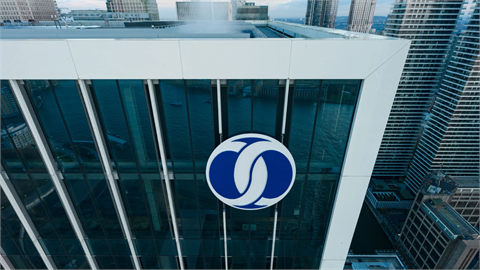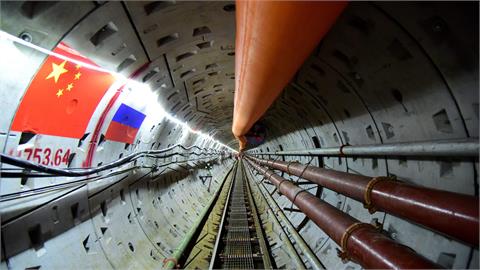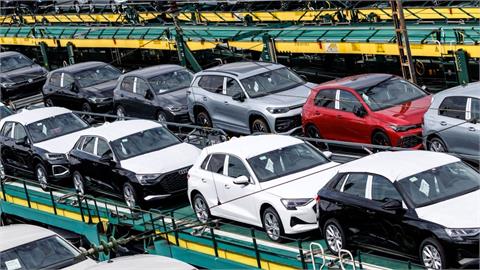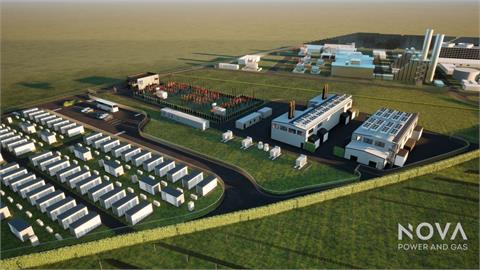The feature of liquid natural gas (LNG) that makes it stand apart from oil products is its lower carbon footprint. This aspect has become more important since the shipping industry, through the International Maritime Organization (IMO), has put limits on emissions-producing fuel to better control carbon releases.
By Ersin Merdan*
The feature of liquid natural gas (LNG) that makes it stand apart from oil products is its lower carbon footprint. This aspect has become more important since the shipping industry, through the International Maritime Organization (IMO), has put limits on emissions-producing fuel to better control carbon releases. On April 13, 2018, the Marine Environment Protection Committee 72 adopted a resolution, called MEPC 304 (72), on the initial IMO strategy for the reduction of GHG emissions from ships. As the transition to LNG-powered ships gains greater momentum while paving the way for optimum emission standards, larger volumes of LNG as a marine fuel option will be needed in the future.
The 25 percent reduction in greenhouse gas emissions from LNG consumption represents a major step forward compared to conventional oil-based fuels. By substituting oil-based fuels through the development of LNG bunkering technology, the decarbonization policy pursued by marine companies and countries is now in line with the strict regulations in place.
Along with its emissions superiority, LNG as a marine fuel has had a great safety record over the years without incurring any significant safety incidents. This safety record bears witness to this fuel’s high standards and rigorous guidelines for its customers. Traditionally, LNG has been used in the transportation sector but now there are a number of examples of its success as a marine fuel. After the Finnish shipping company, M/S Viking Grace launched its LNG-fueled cruise ferry back in 2012, this ferry was bunkered over one thousand times without any recorded incidents showing the exemplary safety record of this type of vessel.
Currently, approximately one hundred LNG-fueled ships are in operation worldwide with the potential for further growth in the years to come. The majority of these vessels are small ferries that extensively operate in North America and Europe. In recent years, over seventy LNG-fueled ships were ordered to operate as deep-sea vessels, including container vessels, cruise ships, and bulk carriers. Since their introduction in late 2015, dual-fuel container vessels have been on the rise.
Due to growing environmental concerns along with consumer pressure, the world’s most renowned companies, including car production giant VW Group, consumer goods company Unilever and home-furnishing company IKEA, have all publicly stated their aim to use more clean alternatives in their marine and land transportation to reach their customers around the globe. In 2016, Unilever publicly announced that the company is seeking to move its contracts towards companies that are using LNG-fueled ships as well as trucks in line with company policy and due to consumer pressure.
By these companies spearheading such environmental decisions, other companies are likely to follow suit in the coming years ensuring that both the shipping companies and vendors trading with these companies will be leaders in driving this change to cleaner fuel usage. Although the availability of LNG may cause concerns for LNG-fueled ships, 20 countries currently export and 35 countries import LNG globally, making up almost 10 percent of global gas consumption. This market ranges from North America to East Africa to the Middle East and Southeast Asia. Thanks to the development of recent technology innovations, LNG can further facilitate greater demand. Also, with the introduction of floating storage and regasification unit (FSRUs), many more consumers will be able to benefit from the availability of LNG around the globe.
Supported by extensive gas developments in the U.S. with the discovery of shale gas, a greater volume of LNG supplies will be available globally. Additionally, when new liquefaction projects currently run by Russia and Australia, such as the Yamal project, Sakhalin 2, and Queensland Curtis LNG, come online it could cause market oversupply as the number of LNG players in the upstream sector expands. While LNG offers many advantages for companies and countries that wish to switch to LNG-fueled marine fuel, one major hurdle against its growth is the lack of adequate bunkering facilities.
At present, bunkering infrastructure is concentrated mainly in West Europe. Despite the ongoing construction of a number of projects building this infrastructure, the world’s biggest cargo ports are still lacking bunkering facilities. Rotterdam, Stockholm and Zeebrugge in Europe and two ports in the U.S., namely Fourchon and Jacksonville, are currently providing the necessary facilities, while LNG bunkering facilities in the world’s other busiest ports are still under the construction.
China, Singapore, and South Korea have plans to build and extend the number of bunkering facilities for ferries and deep-sea projects extending from inland waterways to coastal areas. Australia and Japan are also working on LNG bunkering facilities. Furthermore, the EU, in a bid to develop LNG bunkering stations, has formulated and announced a policy requiring each member state to build at least one station.
LNG, as a potential marine fuel, can play a critical part in meeting a significant reduction in emissions. Given the safety records, global availability and low emission advantages and economic viability, LNG has great potential for gradually replacing conventional oil-based fuels in the decades to come provided that environmental regulations are efficiently implemented while a greater number of LNG bunkering stations are put in place.
*The Writer holds an MSc in Eurasian Political Economy & Energy from King’s College London and also an MA in European Studies from Sabancı University.
(Anadolu Agency)




